Here's how you can still water your garden during a hosepipe ban, without breaking any rules
An expert guide for hydrating your garden during water restrictions
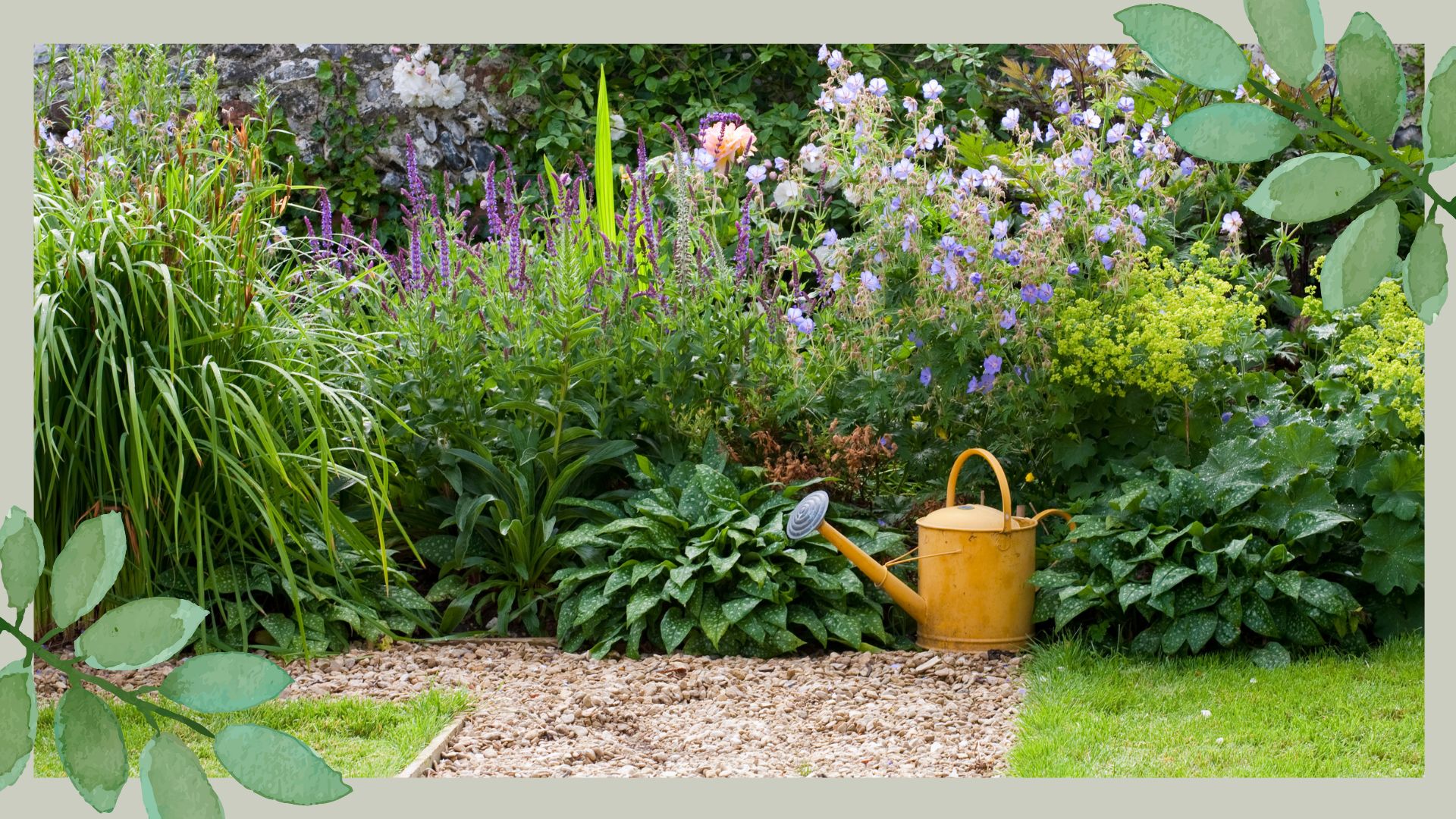

No hosepipe doesn't have to mean no water for your garden. We've spoken with professional gardeners to discover how to keep gardens healthy and hydrated during times of drought.
The current hosepipe bans were inevitable given the recent heatwaves, following the driest spring since 1956. Bans are now active in areas across Yorkshire and parts of Kent and Sussex. And with dry weather continuing, more bans may follow as water companies closely monitor conditions.
To prepare your plot, here's how you can water your garden during a hosepipe ban without breaking restrictions, from exploring rainwater harvesting to reusing tumble dryer water.
How to water your garden during a hosepipe ban: expert advice
As explained by Citizens Advice: "All water companies can impose a ban or restriction on the use of hosepipes and sprinklers in their area if there is a serious shortage of water."
Because bans are legally approved and supported by the government: "If you use a hosepipe or sprinkler during a ban or restriction, you may be committing a criminal offence and could be fined." It is therefore crucial to find alternative ways to keep garden plants healthy.
It's therefore essential to explore ways to water your garden without using the hose. Here's what the experts recommend doing to look after your garden during a hosepipe ban without breaking the rules...
1. Use a watering can
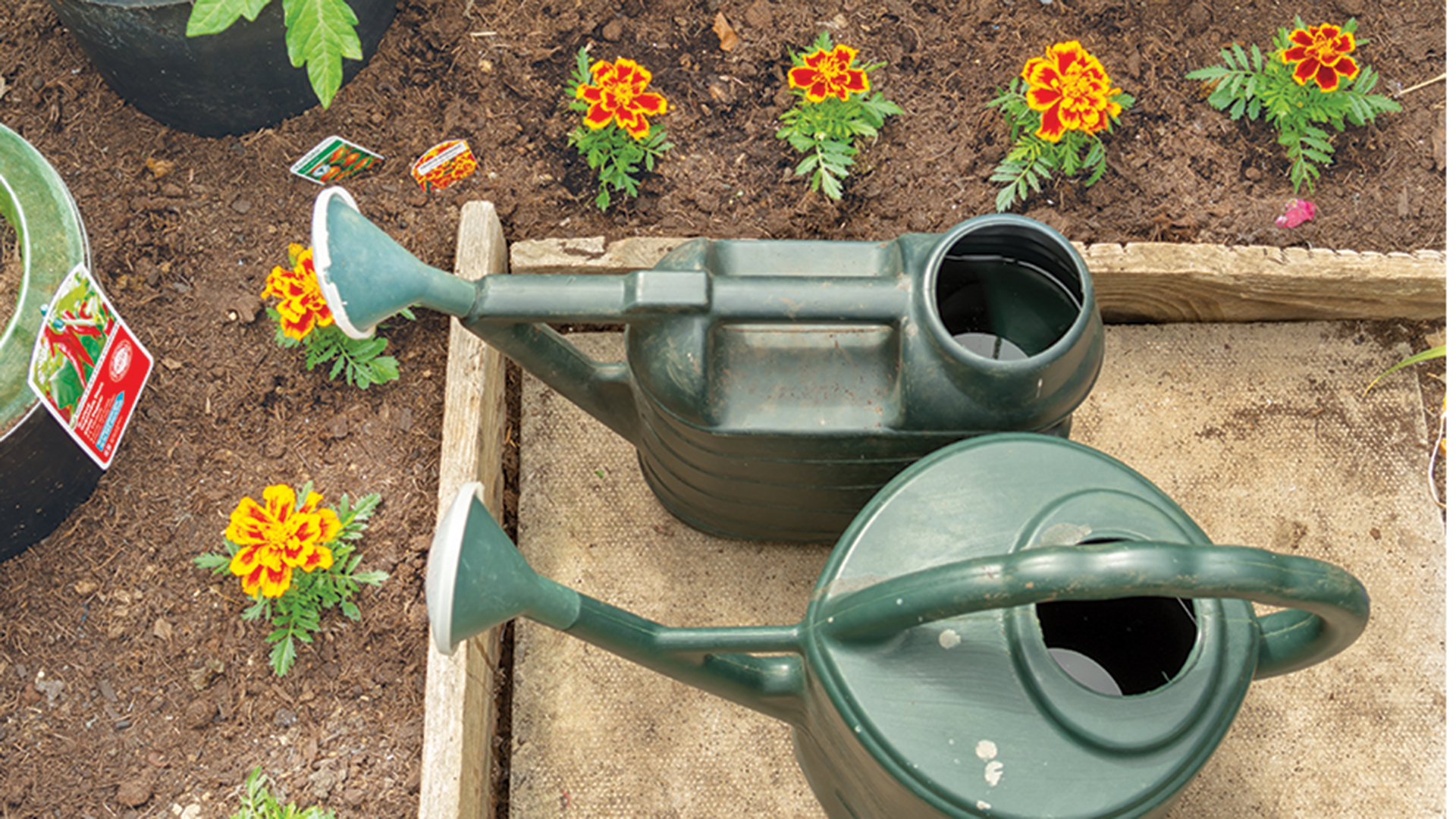
"During a hosepipe ban, you can still use watering cans and buckets to direct water to specific areas, reducing waste," says professional gardener Jane Dobbs. This is because, unlike hoses and sprinklers, they don't use a constant supply of water. "You can fill them up with water from an outside tap or, ideally, from a rainwater collection tank.
Sign up to our free daily email for the latest royal and entertainment news, interesting opinion, expert advice on styling and beauty trends, and no-nonsense guides to the health and wellness questions you want answered.
Using a watering can will limit how much water you use anyway, but also consider what needs it most. "Bigger plants and new shrubs/hedges prefer a good drench once or twice a week rather than a splash every day," says Morris Hankinson, director of Hopes Grove Nurseries. "So save yourself daily time in the garden by doing longer soaks with a watering can just once or twice a week.
Despite the delicate appearance, lawns are surprisingly hardy, meaning grass should bounce back after the first sign of rain. Meaning you can save water by avoiding watering the lawn entirely.
Read our advice on how often you should water outdoor plants in the hot weather to assess where the water is needed most.

Gardening is Jane's passion, having built and maintained stunning outdoor spaces for over a decade. Taking care of all the garden projects at Allans' Gardeners is her responsibility as lead gardener. A wide range of horticultural practices come into play in Jane's work, from landscape design to plant and lawn care.
2. Utilise a water butt
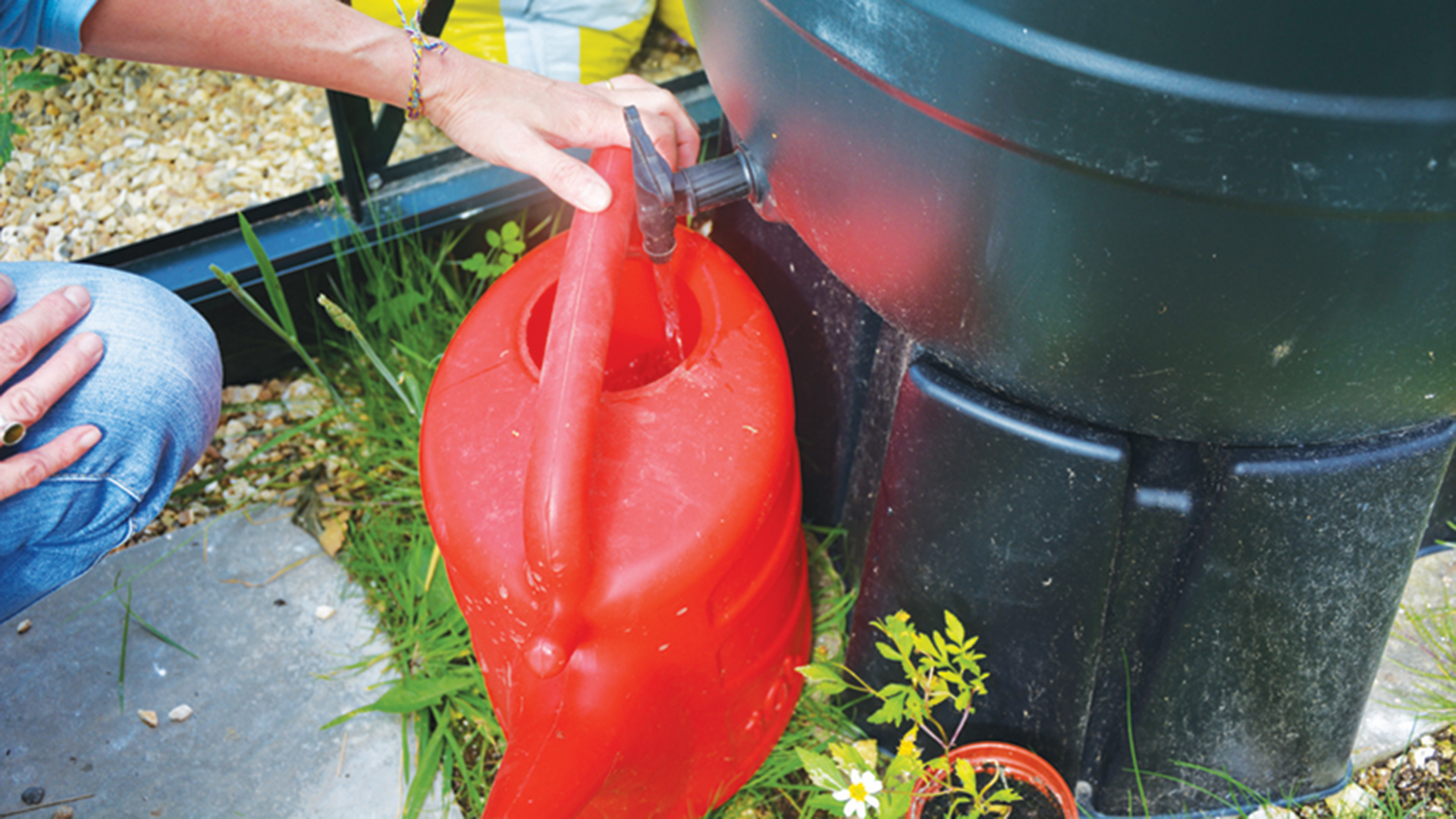
A water butt provides rainwater on tap, quite literally
This is when the rainscaping garden trend comes into its own, because the harvested rainwater is perfect for watering the garden during a hosepipe ban.
“Water butts are incredibly useful for water conservation and are a great way to be more environmentally friendly in your garden," says Dobbies’ plant buyer, Nigel Lawton. "They collect water from your roof, providing a free and sustainable source of water to use in your garden, making them a great resource during a hosepipe ban.”
“Any water that has been collected in water butts during winter and spring can be used now to water your garden," says He even suggests how this is better for your alluring garden plants, saying: "Rainwater is actually better for your plants because it has a lower pH than water from the mains and is naturally softer, and free from chemicals."
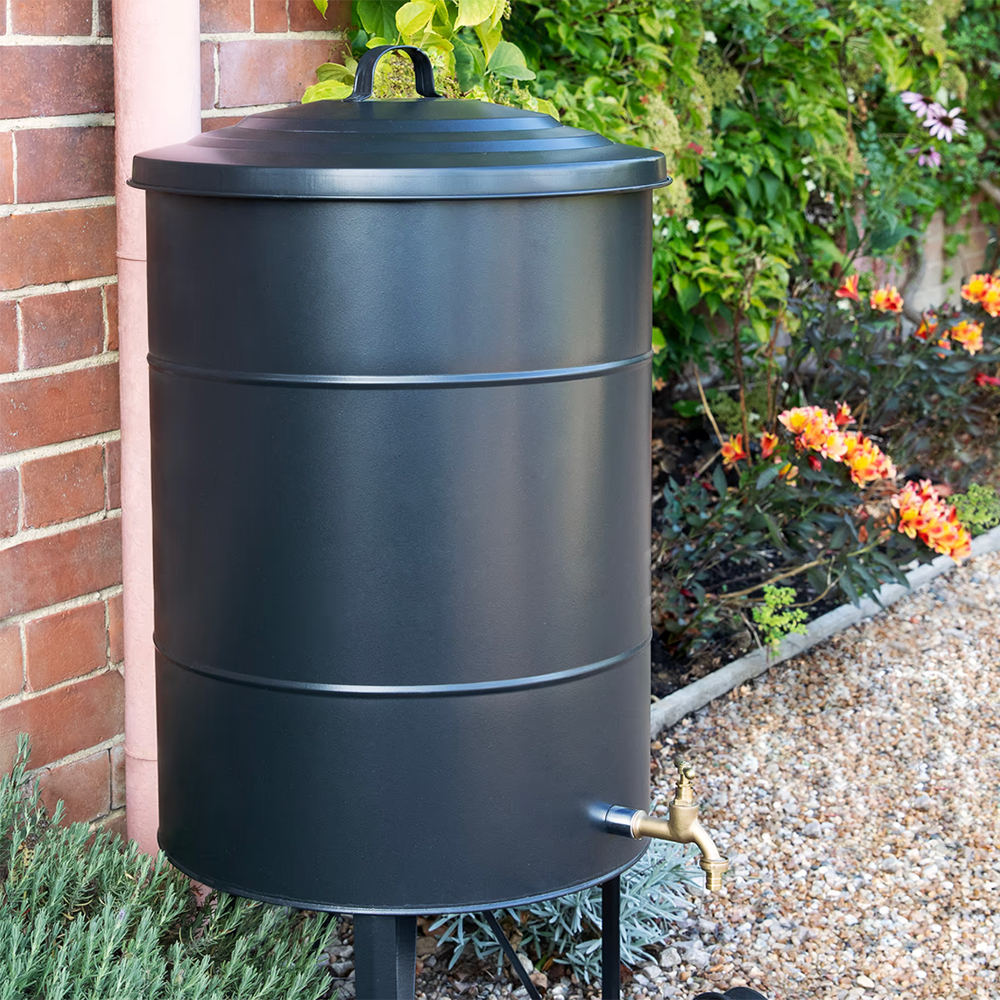
RRP: £220 | Who knew a water butt could be so stylish? This elevated metal design, with it's dustbin-style lid and brass tap, holds up to 100L of rainwater.
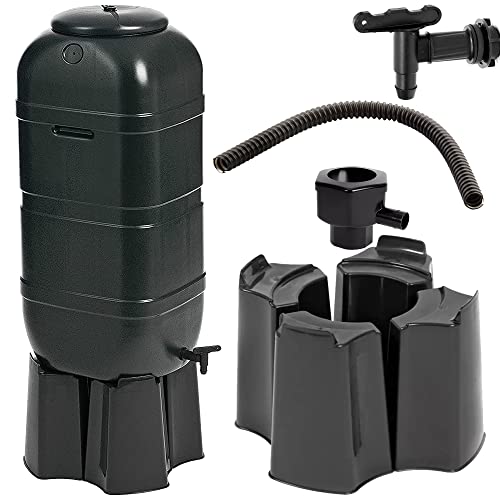
RRP: £36.99 | Cheap and space-saving, it's no wonder this 100L water butt is an Amazon best seller. The kit comes complete with stand, lid and diverter rain saver.
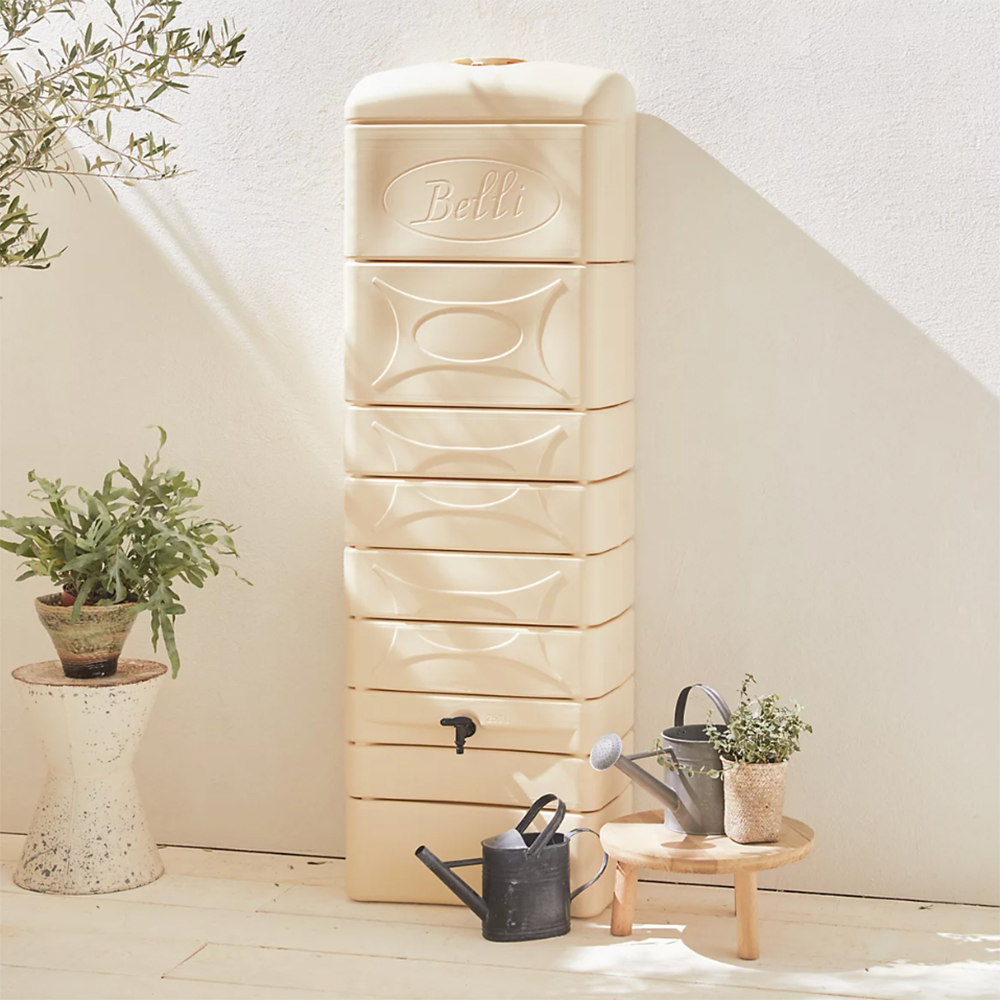
RRP: £149 | This savvy wall-mounted water butt is deceptively large, with a 300L capacity. The Beige colour is ideal for those who are looking for a classic country feel.
3. Use a rain chain
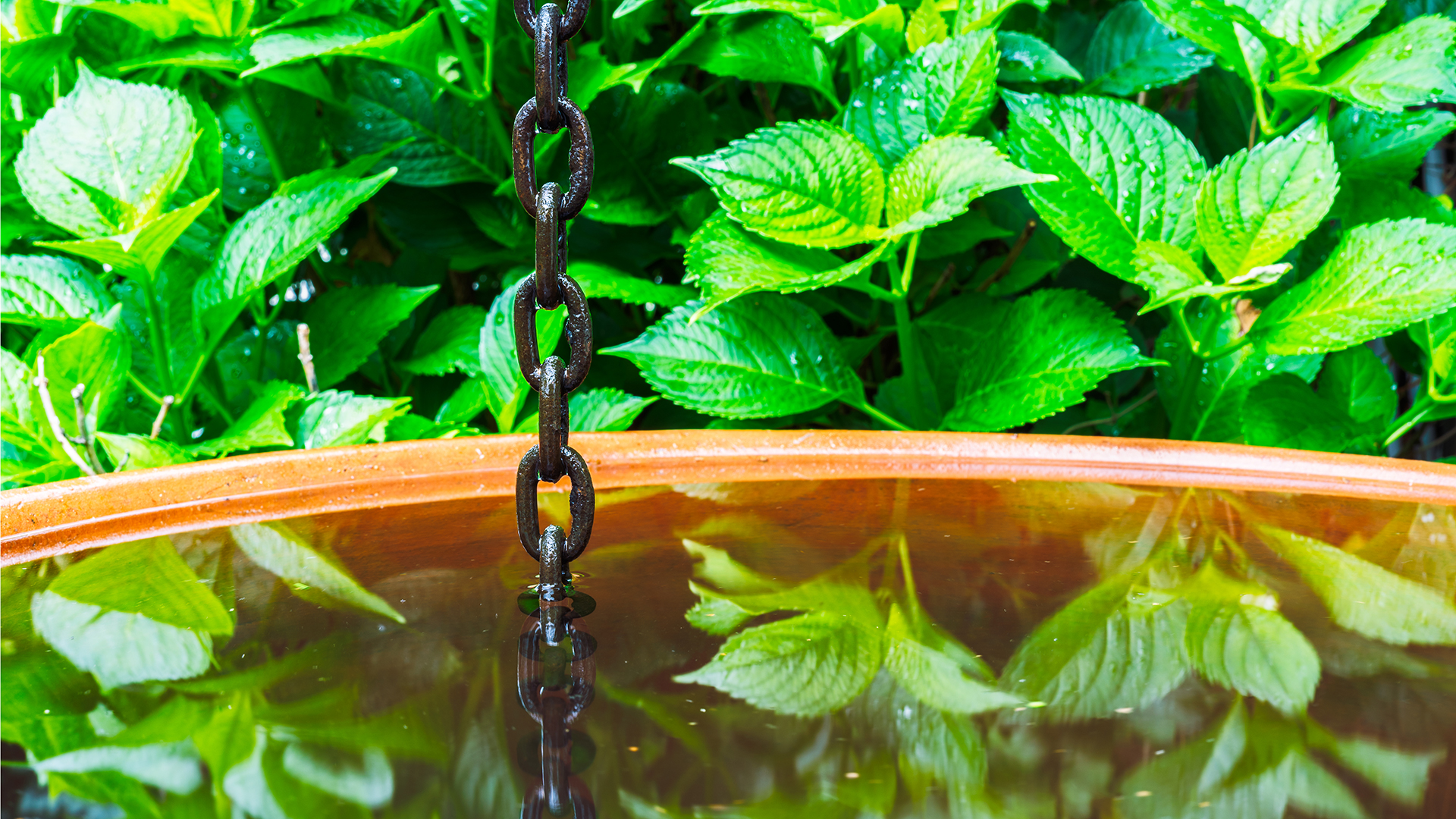
If you don't have the space for a water butt, consider using a rain chain to make the process of harvesting rainwater even easier. This sustainable garden method is ideal for those in need of essential small garden ideas because it maximises free vertical space.
Rain chains work most effectively positioned close to a vertical water source, such as guttering or downspouts; however, you can essentially install one anywhere you have the hanging space and where water can run off freely.
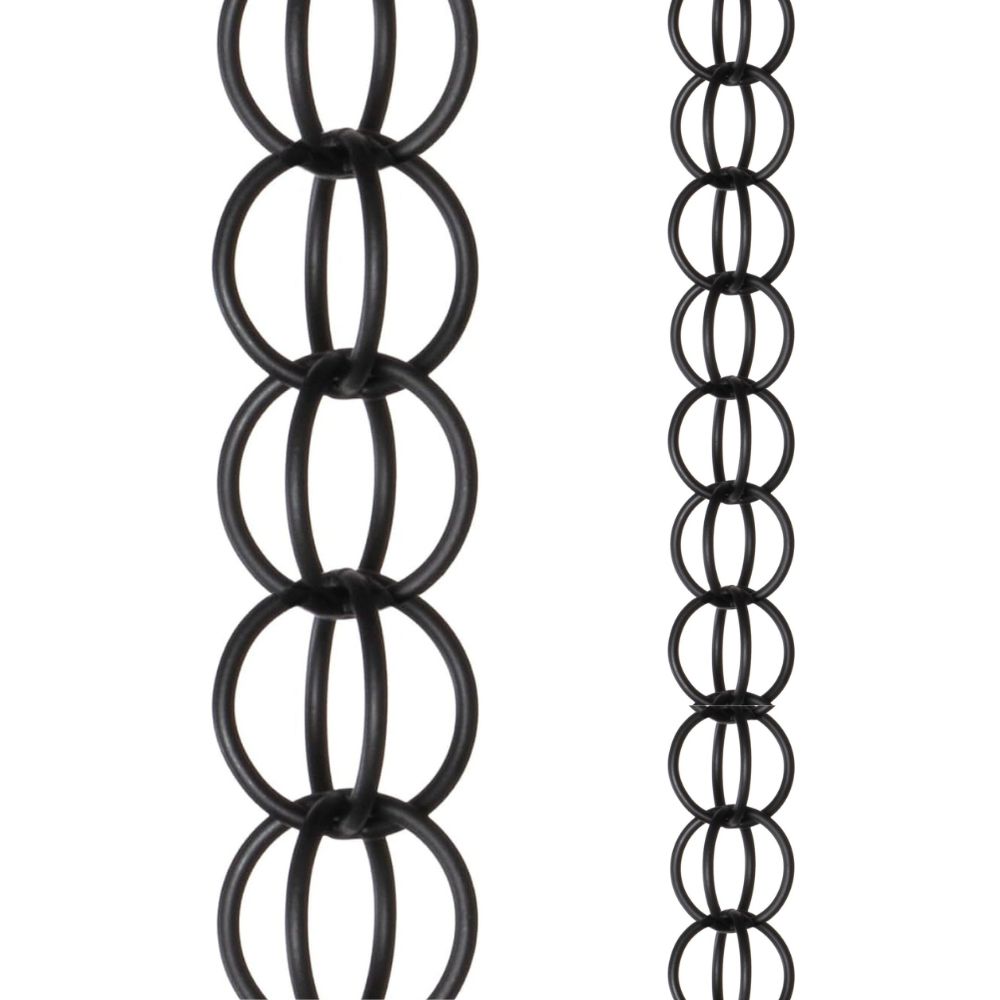
RRP: £35 | With a thick aluminium ring design, this rain chain includes a crossbar for installation and is sealed in a black powder coating to be almost undetectable.
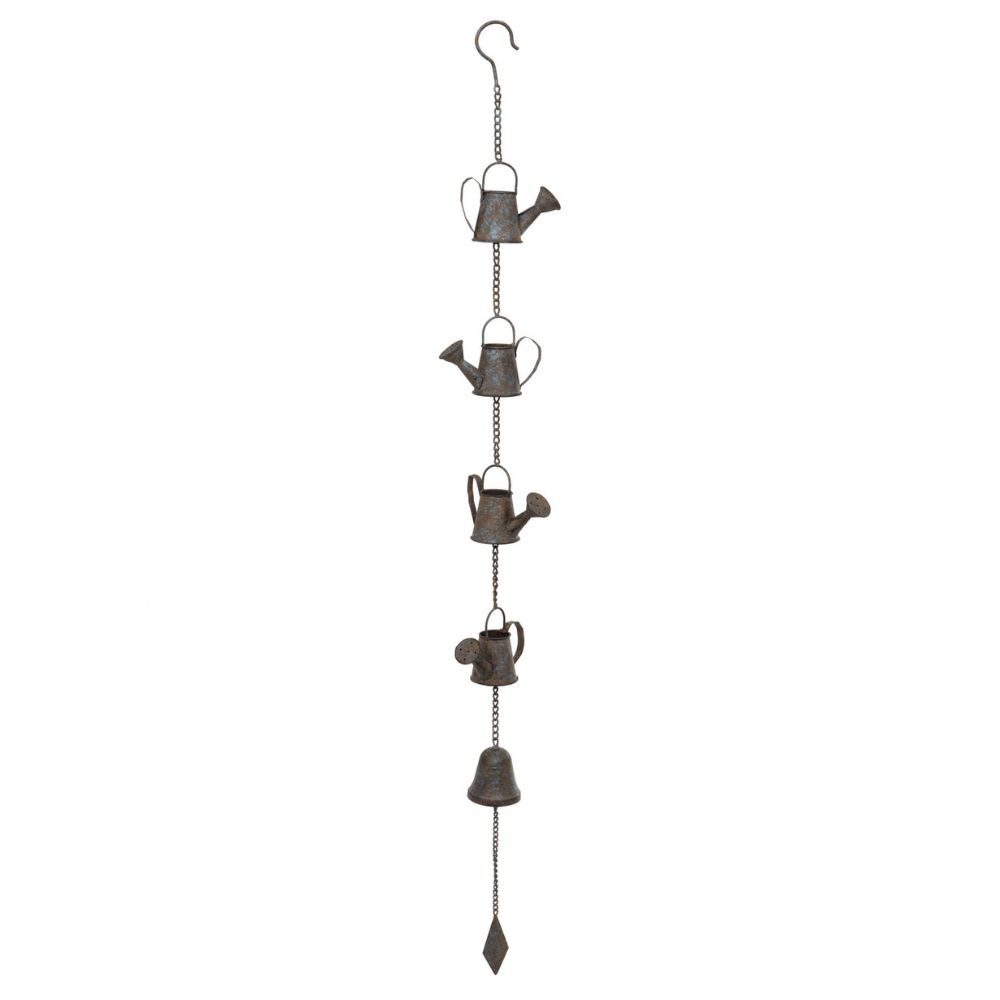
RRP: £28.50 | This charming ornate rain chain will bring a little whimsy to any garden, in Farmhouse garden trend-style, while collecting precious rainwater to store and help hydrate thirty garden plants during a hosepipe ban.
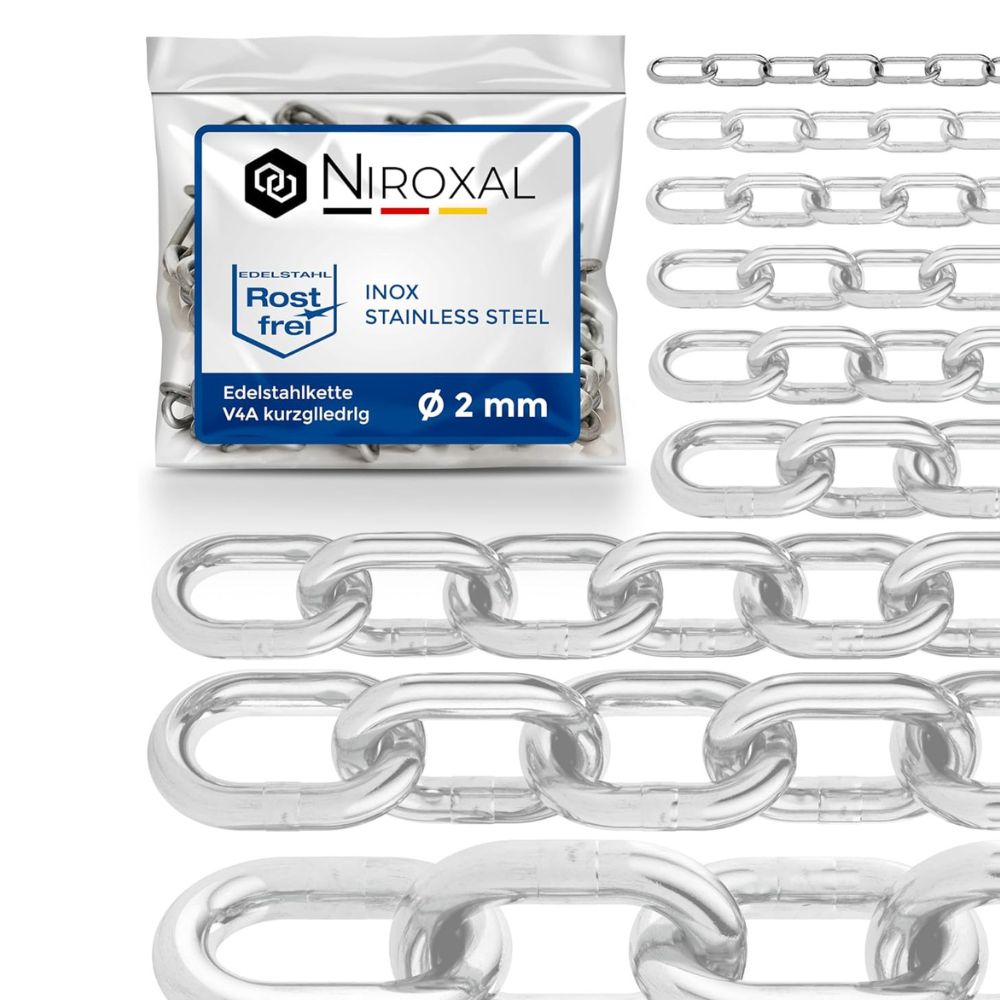
RRP: £15.65 | Want the traditional look? This classic stainless steel link chain will do the trick after a simple setup process to trail it down from the roof into a water butt.
4. Embrace 'grey water'
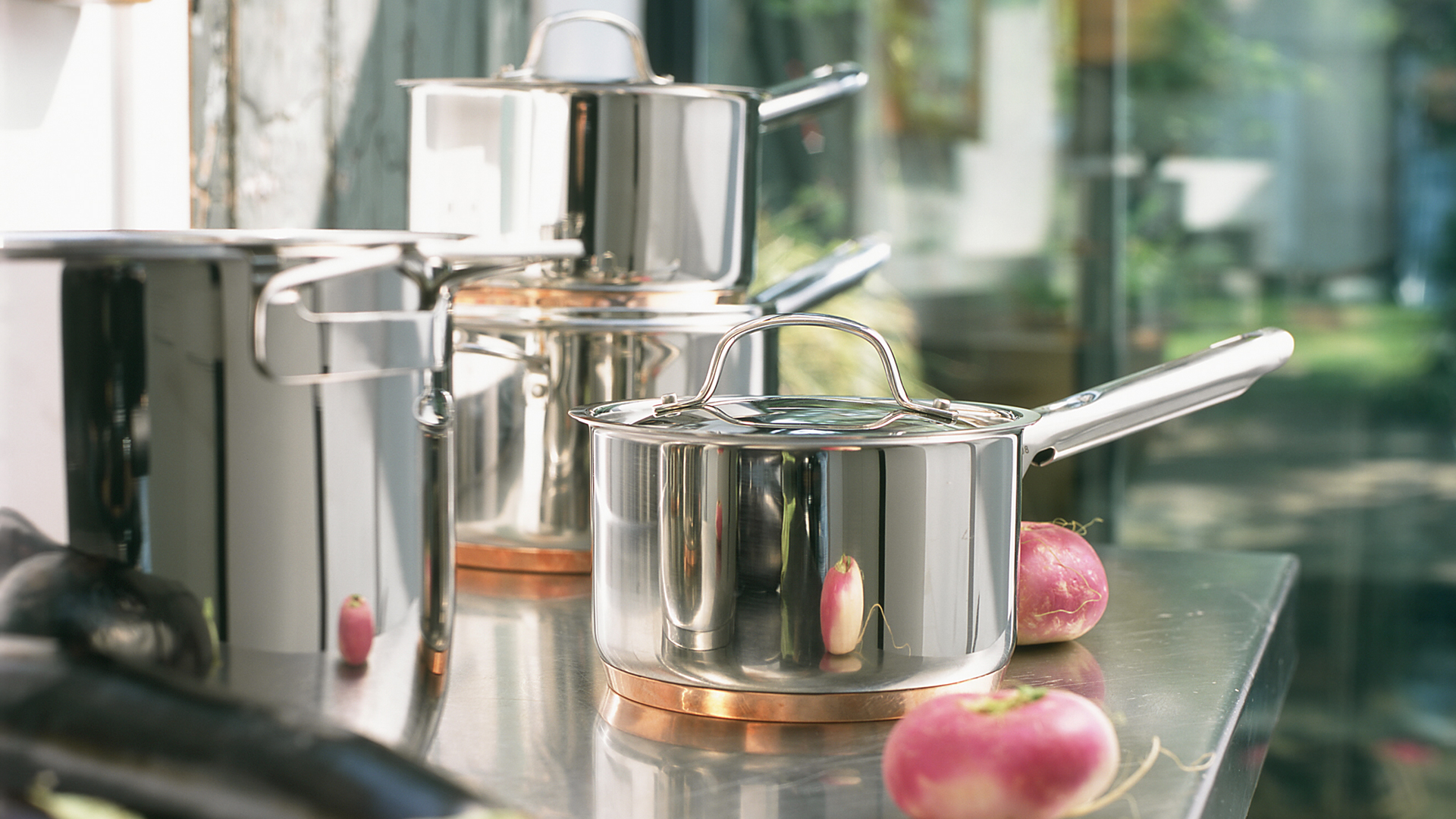
"Reusing wastewater from your home is a practical way to water your garden during drought conditions," says Chris Bonnett, the founder of GardeningExpress.co.uk. "Grey water includes water from baths, showers or washing-up bowls (avoid water containing harsh chemicals, bleach or strong detergents). Make sure to use it promptly to prevent bacterial build-up."
Reusing pasta water for plants is a good way to make your indoor water use stretch a little further. Sadly, unlike using orange peels in your garden or using banana peels to enrich soil, there isn't a high level of additional nutrients involved in this method, but it is a good way to hydrate your garden plants.

Chris Bonnett is the founder of online garden centre GardeningExpress and has been in the horticulture industry for over 20 years. Whilst he was a teenager he combined his passion for the outdoors with the internet to deliver quality plants across the UK and Europe.
5. Implement an irrigation system
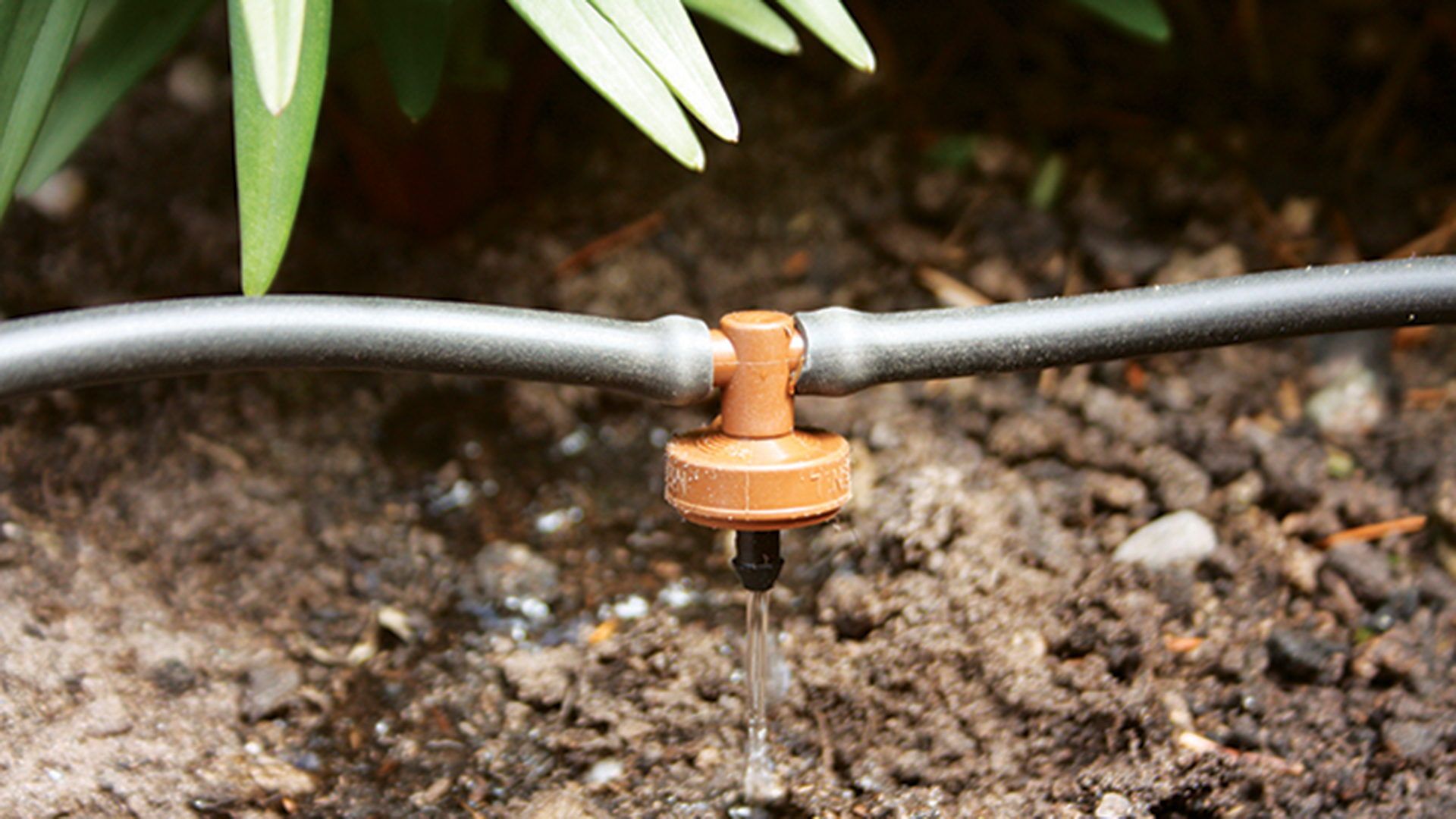
Smart watering systems are not only helpful for keeping your garden healthy when you're on holiday, but they're also a safe way to water gardens during a hosepipe ban as they use water efficiently and help conserve resources.
“Water restrictions can feel daunting, but with the right tools and knowledge, it’s easy to maintain a thriving garden while protecting this vital resource,” says Alex Banham, Senior Brand Manager, at Flopro. "Switching to drip irrigation is one such example."
"Flopro’s SoakerFlo is a porous pipe that slowly releases water at the plant’s roots, saving 70% more water than hand watering by eliminating evaporation. It has a 15-metre length and can be placed up to 20cm under the surface of the ground – the low pressure means water will seep out gently, perfect for getting directly to the roots of your plants."
Here are our top watering tips to follow during a hosepipe ban
- Change timings: When every drop counts, the timing of your watering routine is everything. In extreme heat, water is more likely to evaporate before it has a chance to do its job of hydrating your outdoor plants sufficiently. "To prevent evaporation and ensure roots receive more water, water early in the morning or late in the evening," says Jane.
- Water with less frequency: "Water only where it’s most needed," says Jane. "Droughts are most likely to affect newly planted, patio container-grown plants, or particularly thirsty crops such as fruit and vegetables."
- Target the roots: Avoid a common watering mistake and target the base of the plant rather than spraying over the top. This ensures the moisture reaches the roots quicker, where it’s needed most.
- Mulch after watering: Mulching is the one job every garden should do before a hosepipe ban, and during. "The best time to mulch is after watering," Jane explains. "A thick layer of mulch (such as compost, bark, or well-rotted manure) around plants keeps the soil moist and suppresses weeds."
“Under the current ban, homeowners cannot use hosepipes, pressure washers, spray guns or sprinklers for domestic gardening, car cleaning, or filling pools, ponds or fountains,” Alex explains. “Offenders may face fines of up to £1,000 under the Water Industry Act 1991.”
"We could all save water with a little bit of effort," says Jane. "Regardless, even without a ban, it would be wonderful if everyone managed to use less water, as this is part of our sustainable future."
Restrictions will vary by region, so it's advisable to check your local water provider’s website for any updates and future hosepipe bans: Thames Water; Affinity Water; South East Water; Anglian Water.

Tamara is a highly experienced homes and interiors journalist with a career spanning over 22 years. Now the Lifestyle Editor of womanandhome.com, she previously spent 18 years working with the style teams at Country Homes & Interiors and Ideal Home. With these award-winning interior teams, she gained a wealth of knowledge and honed her skills and passion for styling and writing about every aspect of lifestyle and interiors.
A true homes and interiors expert, Tamara has been an ambassador for leading interior brands on multiple occasions, including appearing on Matalan’s The Show and presenting at top interior trend forecasting events such as the Autumn Fair and Spring Fair.
You must confirm your public display name before commenting
Please logout and then login again, you will then be prompted to enter your display name.